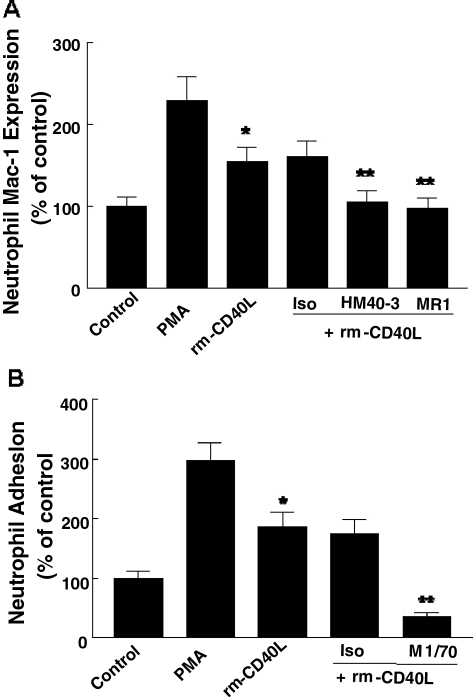In the Commentary entitled, “Neuropeptide Modulators of High Mobility Group Box 1 Secretion as Potential Therapeutic Agents for Severe Sepsis” (Volume 172, pages 1171–1173), which appeared in the April 2008 issue of The American Journal of Pathology, an incorrect page range was provided for Ref. 4. The correct citation is as follows:
4. Chorny A, Delgado M: Neuropeptides rescue mice from lethal sepsis by down-regulating the secretion of the late-acting inflammatory mediator high mobility group box 1. Am J Pathol 2008, 172:1297–1302.
As a result of this error, the Commentary-related article was incorrectly noted in the Table of Contents and in the issue’s text pages. The correct related article is “Neuropeptides Rescue Mice from Lethal Sepsis by Down-regulating Secretion of the Late-Acting Inflammatory Mediator High Mobility Group Box 1,” by Alejo Chorny and Mario Delgado (Am J Pathol 2008, 172:1297–1307) not “Antiprion Prophylaxis by Gene Transfer of a Soluble Prion Antagonist” (Am J Pathol 2008, 172:1287–1296).
The article entitled, “CD40 Ligand Promotes Mac-1 Expression, Leukocyte Recruitment, and Neointima Formation after Vascular Injury” (Volume 172, pages 1141–1152 of the April 2008 issue), requires several corrections. The mailing address for Dr. Guohong Li, which was not included in the original publication, is Department of Neurosurgery, LSU Health Science Center-Shreveport, 1501 Kings Hwy, Shreveport, LA 71130.
The labels within Figure 5, page 1148, contained errors. The corrected figure appears to the right.
The legend for Figure 6, page 1149, contained errors and should have appeared as below:
Figure 6. CD40L promotes neutrophil oxidative burst via phosphatidylinositol 3-kinase and Src kinase-dependent signaling pathways. Aliquots of neutrophils (2 × 105 cells in 200 μl) were loaded with 1 mmol/L DHR123 for 5 minutes at 37°C, followed by stimulation with 100 ng/ml rh-CD40L in combination with anti-human CD40L mAb (TRAP1, 1 μg/ml) or anti-human CD11b/Mac-1 (ICRF44, 1 μg/ml) mAb, or in the presence of the phosphatidylinositol 3-kinase inhibitor (LY294002, 1.0 μmol/L) or the Src kinase inhibitor (PP2, 1.0 μmol/L) for 30 minutes at 37°C. Numbers indicate the mean fluorescence intensity of DHR in green fluorescence (FL1) channel by flow cytometry. Similar results were observed from three separate experiments.
Figure 5.
A: CD40L stimulates neutrophil Mac-1 integrin expression. Peritoneal neutrophils isolated from C57BL6 mice were stimulated with rm-CD40L (100 ng/ml), without or with pretreatment (30 minutes) by 10 μg/ml of anti-mouse CD40 mAb (HM40–3), anti-mouse CD40L mAb (MR1), or hamster IgG (Iso). Stimulation of neutrophils with phorbol 12-myristate 13-acetate (50 ng/ml) was used a positive control. Mac-1 expression was determined by fluorescence-activated cell sorting analysis of CD11b (αM chain of Mac-1). Data shown are mean fluorescence intensity from three separate experiments and expressed as mean ± SD *P < 0.01 versus bar 1; **P < 0.05 versus bar 3. B: CD40L promotes neutrophil firm adhesion to activated surface-adherent platelets. Peritoneal neutrophils isolated from C57BL6 mice were added to surface-adherent platelets. Neutrophil adhesion was stimulated with rm-CD40L (100 ng/ml) without or with pretreatment (30 minutes) by 10 μg/ml of anti-mouse CD11b mAb (M1/70, αM chain of Mac-1), or rat IgG2b (Iso). Stimulation of neutrophils with phorbol 12-myristate 13-acetate (50 ng/ml) was used a positive control. Neutrophil adhesion was measured as described in Materials and Methods. Data shown are mean ± SD from three separate experiments. *P < 0.01 versus bar 1 indicated condition; **P < 0.05 versus bar 3 indicated condition.



